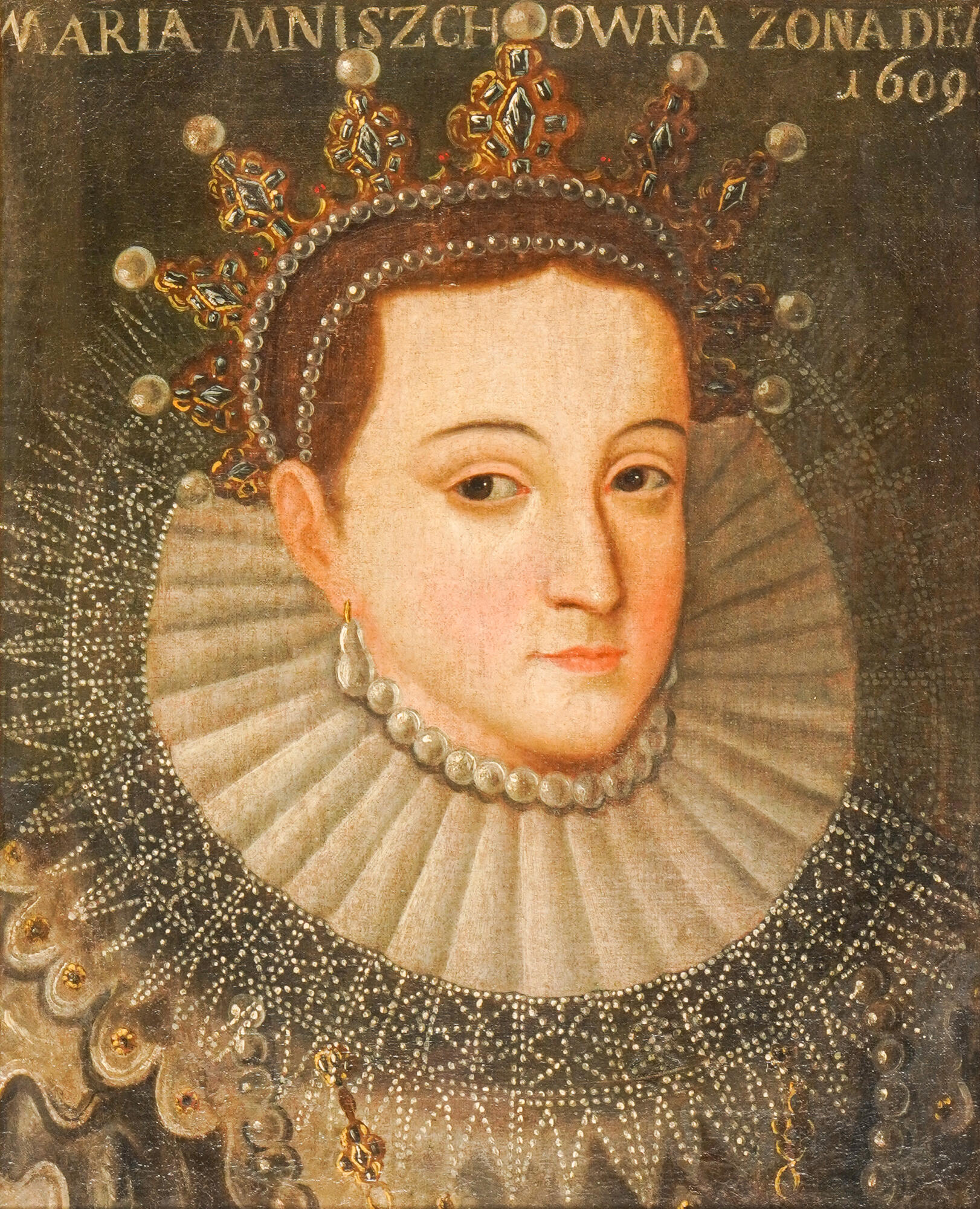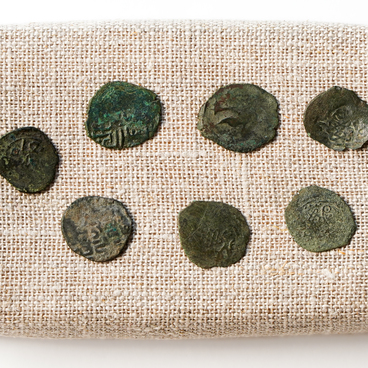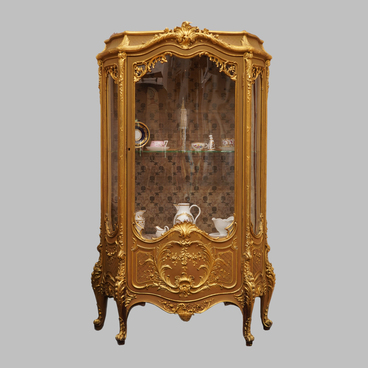The beginning of the 17th century went down in history as the Time of Troubles. Marina Mniszech, the first Russian tsarina to be crowned, the daughter of Jerzy Mniszech, one of the instigators of the Polish invasion of Russia, the former wife of False Dmitry I, and later of False Dmitry II, stayed in Kolomna from the summer of 1611 until the summer of 1612. After the deaths of both impostors, Marina Mniszech continued to be a prominent figure, whom different political actors wished to exploit in their quest for power. Her life resembled an adventure novel: marriage, enthronement, escape, struggle for power, attempts to save both her life and that of her son.
On 25 July 1611, Mniszech settled in the Tsar’s palace in the Kolomna Kremlin and lived as Tsarina. Behind the walls of the Kolomna Kremlin it was safer to hide from her enemies, there she was guarded by the men of the rebellious ataman Ivan Zarutsky. Having lost her own chances for the throne, and having the child to look after (as Russian chroniclers called him “Voryonok[small thief] Ivashka”), Marina Mniszech hoped now to have her son crowned with the help of her loyal men, so she could rule until he came of age. In the summer of 1612, when the Second Home Guard led by Kuzma Minin and Dmitry Pozharsky, drew nearer to Moscow, Zarutsky, together with Mniszech and his detachments of supporters, left Kolomna, finally giving up the city to pillage and ravage. According to an entrenched legend, after the capture of the plotters by tsarist troops in 1614 the rebellious ataman was executed. Marina Mniszech was taken to Kolomna and imprisoned in the corner tower of the Kolomna Kremlin, where she died of “longing for freedom”. Since the Time of Troubles, the Kolomenskaya Tower has had a more popular name, Marinkina’s Tower.
The life-size ceremonial portrait was painted by an unknown artist in Poland. The painting was preserved in the Vyshnevetsky Castle, the main residence of the Vyshnevetsky princely family, which came into the possession of the Mniszech family in the mid-18th century. The Vyshnevetsky castle passed from one owner to another. While traveling through Volyn, Tsarevich Alexander Alexandrovich (the future Emperor Alexander III) bought the paintings. In 1882 it was among the five canvases glorifying Marina Mniszech, the wife of “Dmitry, the Emperor of Moscow”, and was given to the History Museum. At some point, for an unknown reason, the portrait was cropped and became a half-length one; in this form it has been preserved to our days. The State Historical Museum donated this portrait to the Kolomna Local History Museum in 1932.
On 25 July 1611, Mniszech settled in the Tsar’s palace in the Kolomna Kremlin and lived as Tsarina. Behind the walls of the Kolomna Kremlin it was safer to hide from her enemies, there she was guarded by the men of the rebellious ataman Ivan Zarutsky. Having lost her own chances for the throne, and having the child to look after (as Russian chroniclers called him “Voryonok[small thief] Ivashka”), Marina Mniszech hoped now to have her son crowned with the help of her loyal men, so she could rule until he came of age. In the summer of 1612, when the Second Home Guard led by Kuzma Minin and Dmitry Pozharsky, drew nearer to Moscow, Zarutsky, together with Mniszech and his detachments of supporters, left Kolomna, finally giving up the city to pillage and ravage. According to an entrenched legend, after the capture of the plotters by tsarist troops in 1614 the rebellious ataman was executed. Marina Mniszech was taken to Kolomna and imprisoned in the corner tower of the Kolomna Kremlin, where she died of “longing for freedom”. Since the Time of Troubles, the Kolomenskaya Tower has had a more popular name, Marinkina’s Tower.
The life-size ceremonial portrait was painted by an unknown artist in Poland. The painting was preserved in the Vyshnevetsky Castle, the main residence of the Vyshnevetsky princely family, which came into the possession of the Mniszech family in the mid-18th century. The Vyshnevetsky castle passed from one owner to another. While traveling through Volyn, Tsarevich Alexander Alexandrovich (the future Emperor Alexander III) bought the paintings. In 1882 it was among the five canvases glorifying Marina Mniszech, the wife of “Dmitry, the Emperor of Moscow”, and was given to the History Museum. At some point, for an unknown reason, the portrait was cropped and became a half-length one; in this form it has been preserved to our days. The State Historical Museum donated this portrait to the Kolomna Local History Museum in 1932.



